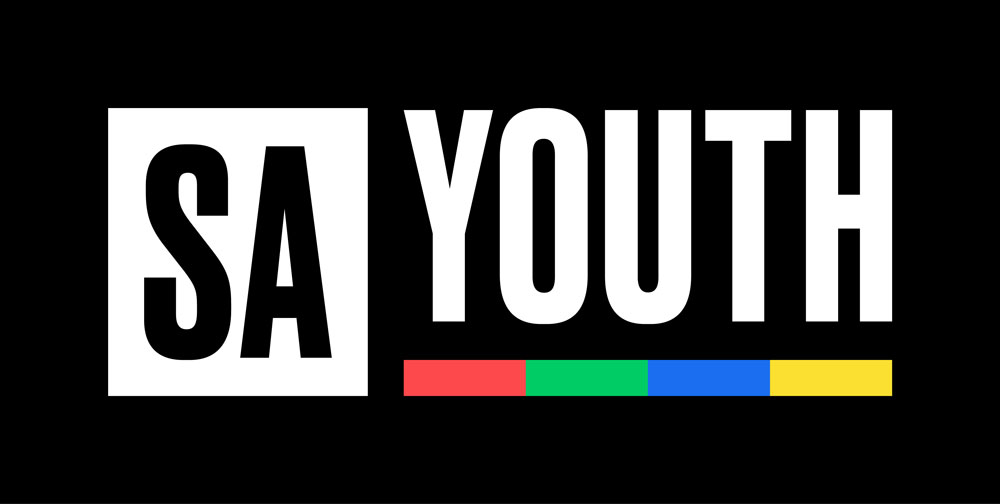

SA Youth connects young people to work and employers to a pool of entry level talent.
Are you a work-seeker?
To build resilience in young women’s employment, we must help them get resilient jobs. This means focusing employment interventions on growth sectors that already employ large numbers of women and dismantling the barriers that lock women out of other well-paid, secure sectors of the economy.
Eighteen months into the Covid-19 pandemic, where do young women stand? While governments and societies often say they are protecting their women and children in crisis, the Covid-19 pandemic has revealed that our systems are often designed to do exactly the opposite. Triply disadvantaged, women have been the most exposed, the least protected, and the overwhelming bearers of extra burdens.
First, women have borne the brunt of pandemic-related job losses, in part because of the types of jobs they hold – informal, temporary and insecure. Large numbers work in community, social and personal services, wholesale and retail, and in private homes, all of which have been deeply affected by the crisis. As the economy opens back up, the data shows that young women are returning in even greater concentrations to the same key industries for employment. Without structural incentives that push women towards less precarious roles, women are in danger of “building back worse” – to even greater volatility in employment.
On top of this, the systems designed to offer income protection did not sufficiently “catch” women as they were falling out of the labour market. Given that women shouldered the brunt of job losses, you might expect they would be the majority of recipients of government grants for the unemployed during this period. Yet, women were underrepresented as recipients of both the unemployment insurance fund (UIF) and of the Covid-19 Social Relief Distress Grant (SRD). Because of the nature of their work, many women weren’t even registered in the UIF system. And while the Covid grant did not require UIF registration, it too ended up excluding women because of the eligibility criteria that meant anyone claiming a child support grant (95% of whom are women) could not apply— akin to refusing someone a life jacket because her child already has one. As a result, two-thirds of those who received the SRD grant in June 2020 were men, even though two-thirds of those who lost employment between February and April 2020 were women.
Cut off from work and shut out of income support, tens of thousands of desperate young women found themselves at home with young children or siblings, shouldering the burden of caring for and feeding them. The gender imbalance in unpaid care work is not unique to South Africa. The extra burden of childcare and demands of homeschooling disproportionately sapped young women’s time, but also reduced access to digital devices, which are particularly vital to job-seeking, online education, and informally-earned household income.
As a result of these intersecting factors, women’s return to the workforce lags behind men. The latest data shows that while men’s employment in South Africa has returned to pre-pandemic levels, women’s employment remains 8% lower. Without action, this lag threatens to wipe out years of efforts to level the economic playing field for women.
What can be done? The government, civil society and the private sector have started to recognise and respond to women’s triple-bind and there are positive signals among the data: stimulus spending has had a positive impact on women, at least 59% of recipients in programmes that created jobs were for women, and at 97% for youth. For every R1 spent on the government’s employment stimulus programme, 69c were used to benefit women. The eligibility criteria for the SRD grant is also expected to include caregivers, when the programme is extended this year. And as schools and daycare programmes reopen and attendance bounces back almost to pre-pandemic levels, the early childhood sector is being reappraised as a form of investable economic infrastructure that both creates paid work and enables it.
These are positive developments, but they are not enough: to build resilience in young women’s employment, we must help them get resilient jobs. This means focusing employment interventions on growth sectors that already employ large numbers of women and dismantling the barriers that lock women out of other well-paid, secure sectors of the economy. One example is Harambee’s partnership with CallForce and Vumatel in Soweto, creating township-based work-from-home opportunities for women in global business services.
We already know how to do this: we’ve seen that when sectors intentionally organise themselves to do so, they can create jobs and fill them with young people. A case in point: the plumbing sector, where the industry is establishing new qualification pathways and lower barriers to women. The result: more than 50% of the enrollees in these new programmes are women, and employers report that they perform as well as or better than their male peers.
We have spent much of Women’s Month celebrating the pioneers of women’s access to education, freedom of movement and decent work. As it draws to a close, we must remain alert to the pandemic’s risk in jeopardising those gains, and we must recommit to programmes and policies proven to accelerate women’s economic equality. BM/DM
Source: This article was originally published on 26 August. Access it here: https://www.dailymaverick.co.za/opinionista/2021-08-26-employment-intervention-how-to-keep-young-women-from-being-left-further-behind/